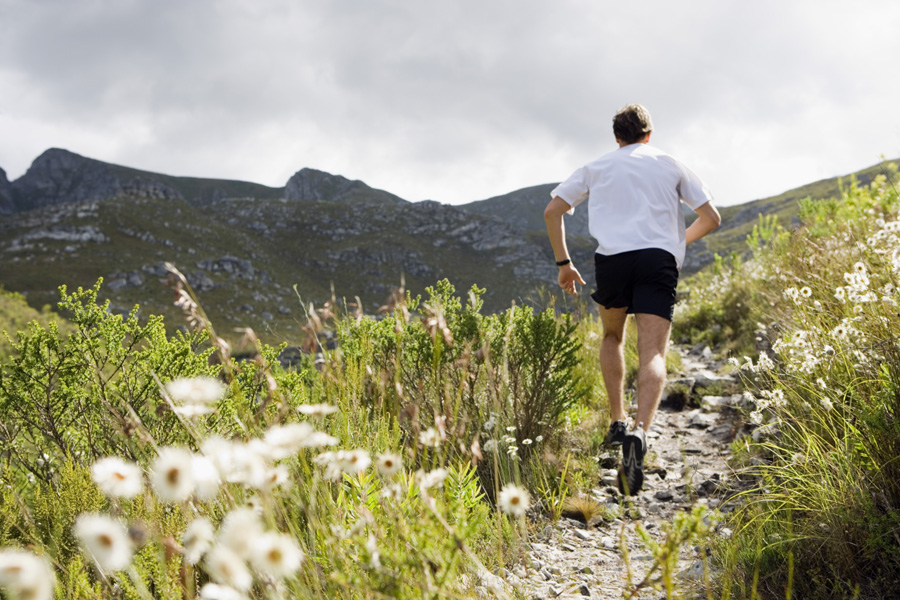
Image Source: www.livestrong.com
Running on trails offers beautiful views and an escape from city streets, but it also comes with unique physical challenges—especially when it comes to hills. Whether you’re tackling steep climbs or rocky descents, mastering the technique for uphill and downhill running is essential not just for performance, but also for preventing injury. What do pros like Steven Rindner say? Let’s find out in this article.
Uphill running demands a different approach than flat-ground or road running. When faced with a steep incline, many beginners try to power through by pushing harder. But forcing your way uphill without proper form can quickly lead to exhaustion or strain, especially in your calves and lower back.
The key to uphill trail running is efficiency. Keep your strides short and your cadence high. Long, bounding steps waste energy and make you lose traction. Instead, lean slightly forward from the ankles—not the waist—and focus on maintaining a steady rhythm. It often helps to keep your gaze a few feet ahead, rather than looking up at the peak of the hill, which can throw off your balance.
Using your arms effectively is also important. Drive them in sync with your steps to help power you upward, especially on steeper terrain. If the slope becomes too difficult to run, don’t hesitate to hike. Trail runners regularly switch to a power hike when running becomes inefficient. Place your hands on your thighs to help push yourself upward with each step—this technique can reduce the load on your legs and preserve energy over longer climbs.
Once you’ve reached the top, running downhill presents a different set of challenges. While it might seem easier because gravity is on your side, downhill running can be more dangerous than going up. Many trail running injuries—especially to knees, ankles, and toes—happen during descents.
To stay safe, avoid leaning too far back, which puts extra stress on your knees and may cause you to lose control. Instead, maintain a slight forward lean and keep your body relaxed. Shorten your stride and increase your turnover to stay agile and responsive to uneven surfaces. Let your arms move freely for balance, especially on winding or rocky paths.
Foot placement is critical on descents. Try to land with your feet underneath your hips, not far out in front of you. Landing too far forward increases impact and risk of slipping. Soft, quick steps are better than hard braking ones. Letting your feet flow with the terrain helps maintain momentum and reduces strain on joints.
Choosing the right shoes makes a difference, too. Trail running shoes with good grip and cushioning will help you stay in control, especially on muddy or technical trails. If the path is loose or slippery, slow down and focus on balance rather than speed.
Finally, learning how to run uphill and downhill efficiently is a skill that improves with practice. Use short steps, stay balanced, and listen to your body. By focusing on technique rather than brute strength, you’ll not only improve your trail performance—you’ll also reduce your risk of injury and enjoy the journey more.

